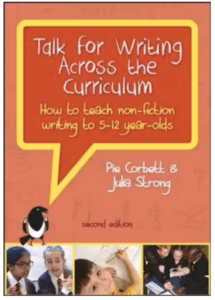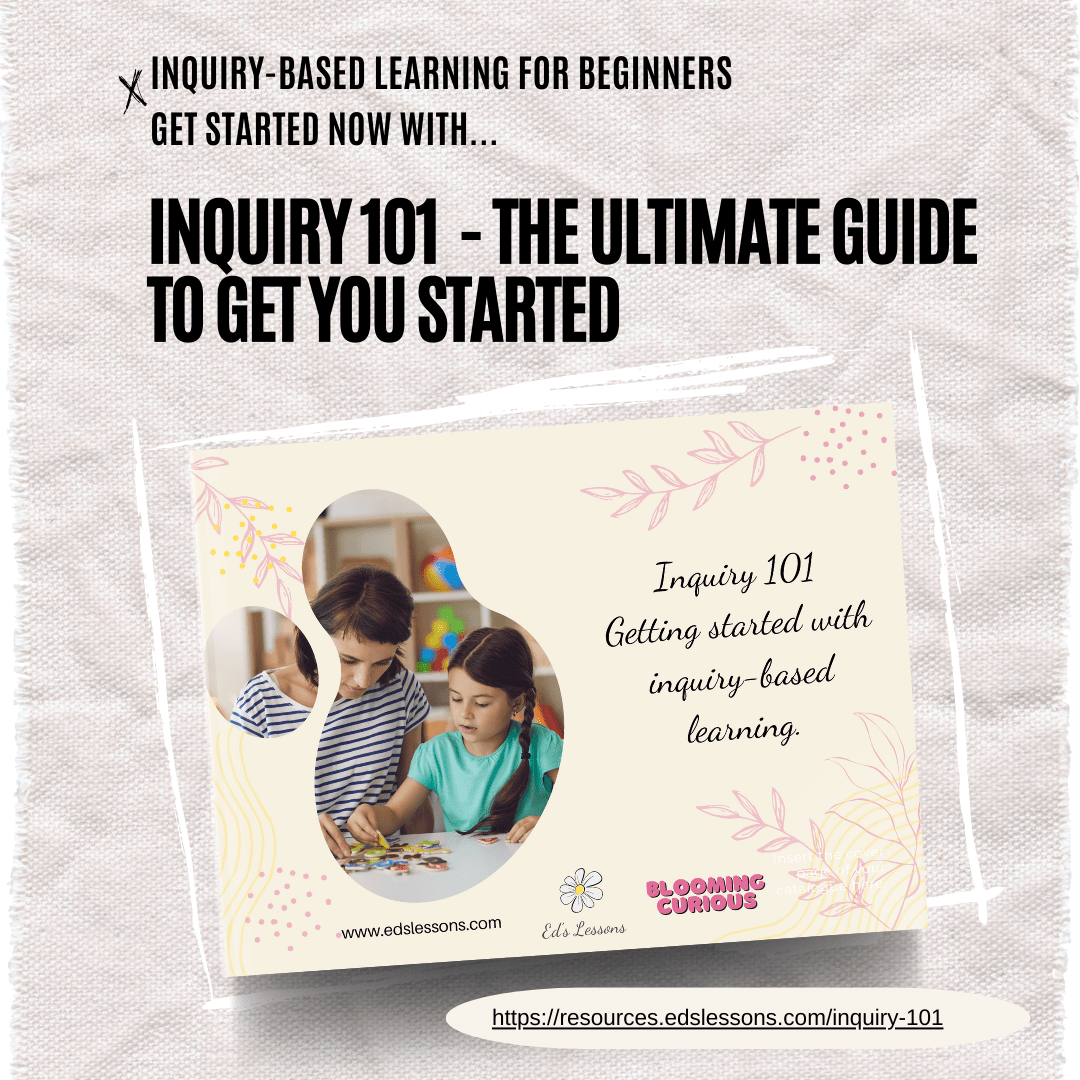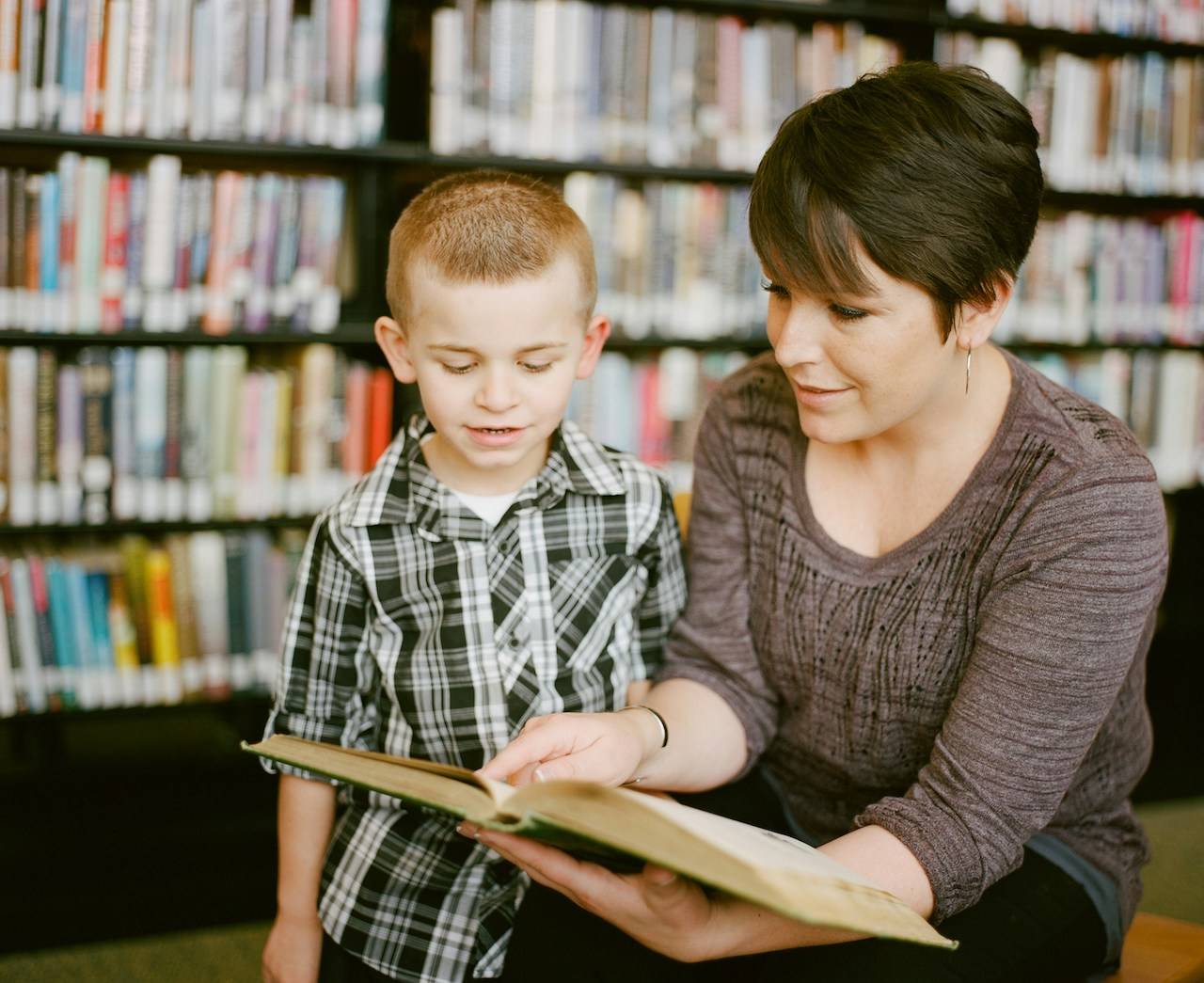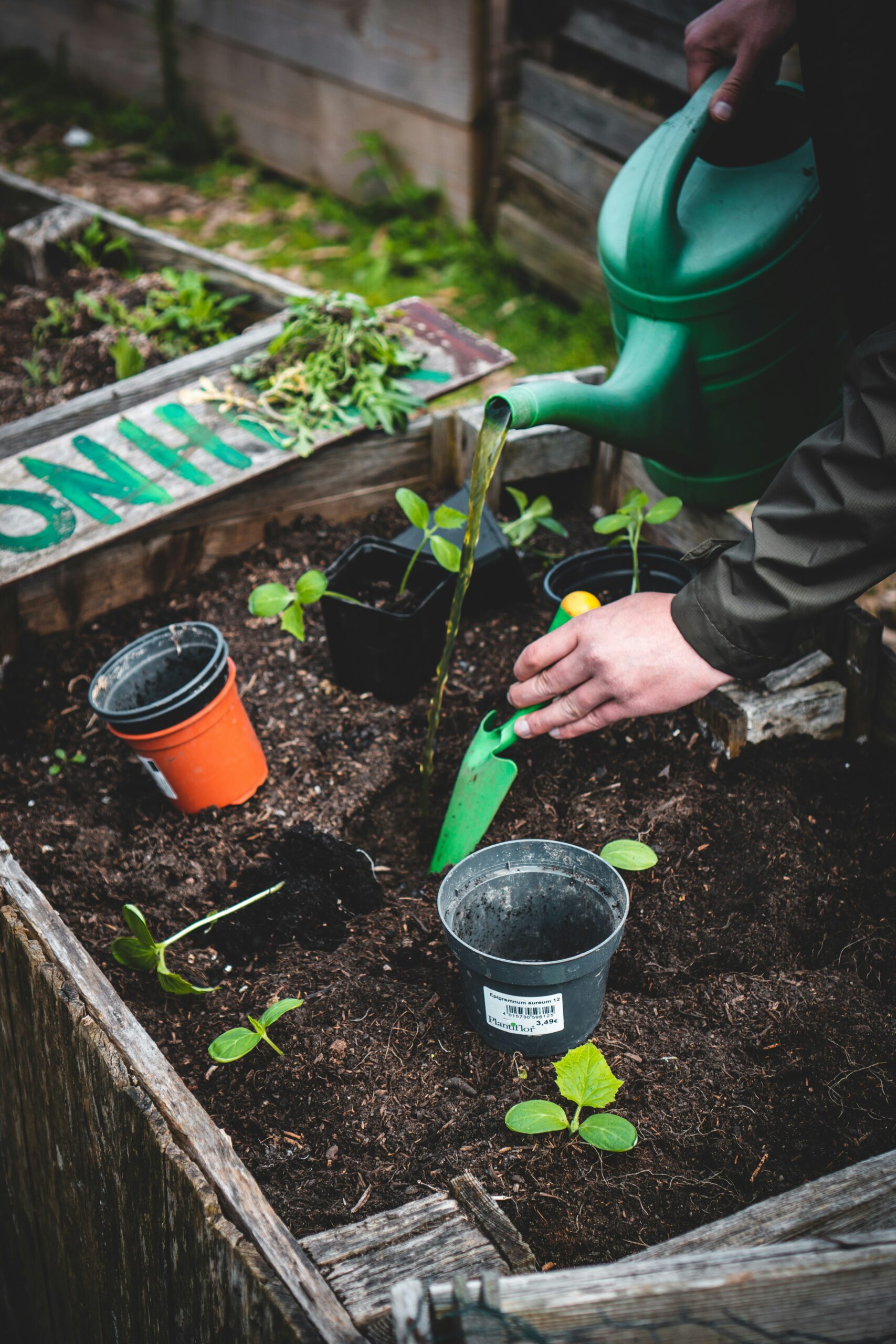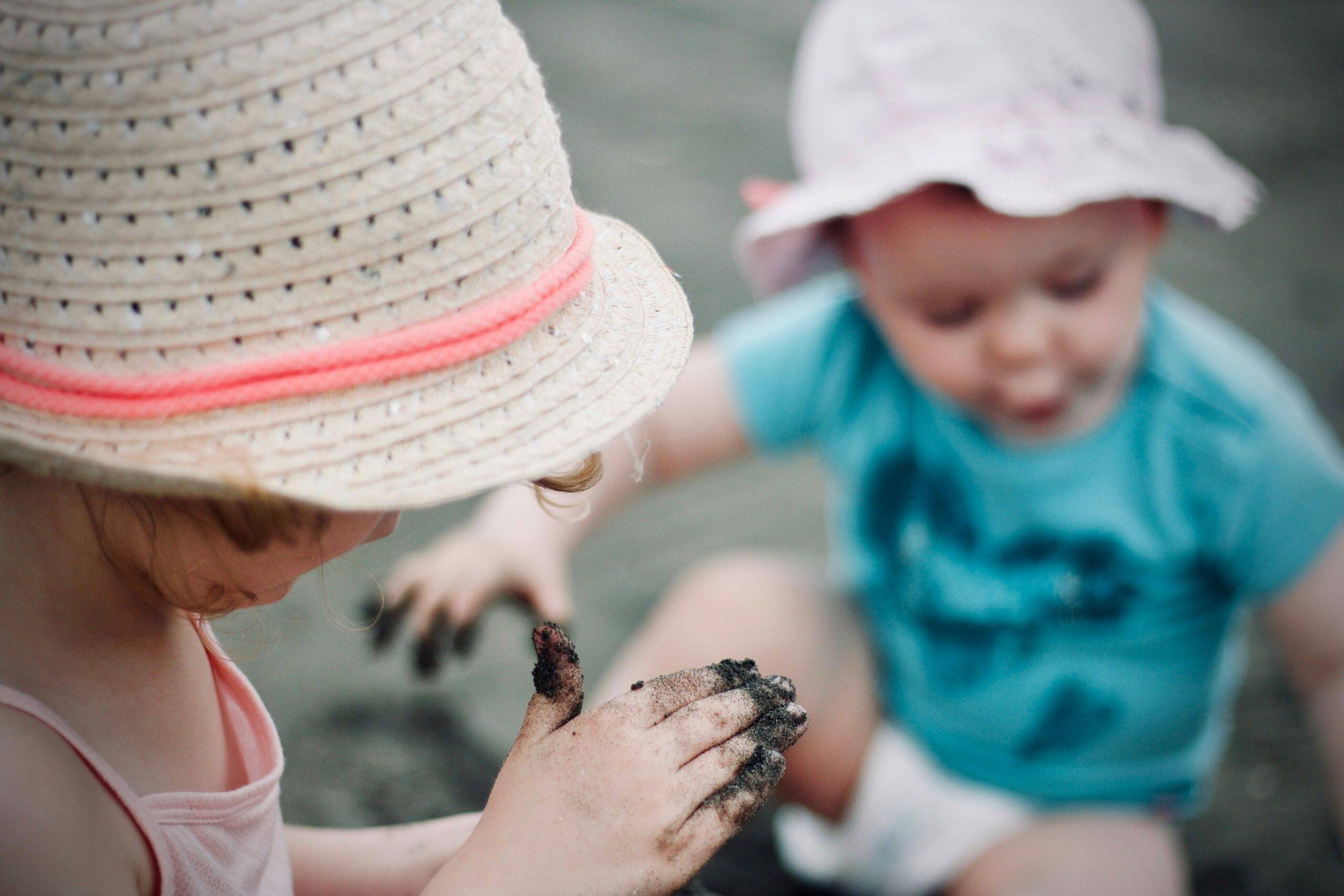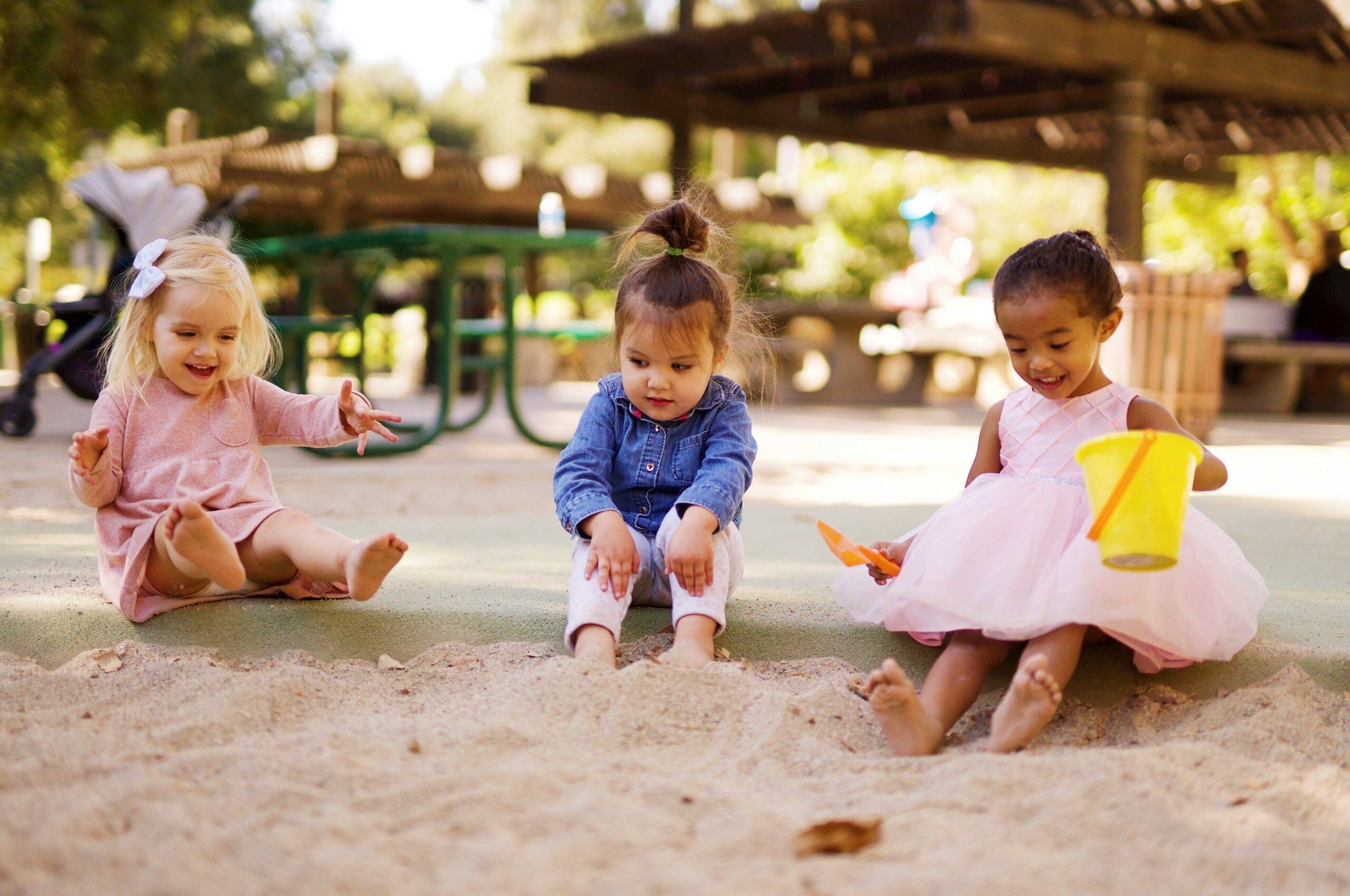Some of the links below may be affiliate links. This means that, at zero cost to you, I will earn an affiliate commission if you click through the link and finalise a purchase. All product recommendations are products that I have used and loved, or products that I would recommend based on experience.
Generally, your Education Department sets out the curriculum which is a framework from which teachers then plan their lesson content. The education authority gives you a scope and sequence which sets out exactly what children should be taught in each year of schooling.
In general, teachers then take this curriculum and figure out how they will deliver it to their students. For educators who are new to teaching, this can be a very overwhelming process.
In addition, there are usually bodies, like The Early Years Learning Framework here in Australia, which is a framework that supports early childhood providers, teachers and educators to extend and enrich children’s learning from birth to 5 years, and through the transition to school. The Framework is designed to complement the individual states and territory frameworks.
Start with General Capabilities
The place to start is what the Australian Curriculum calls the General Capabilities. This is generally and broadly what children should know by the end of specific cycles e.g. by the end of year 2 if we’re talking about early childhood.
The complication arises that the curriculum is divided up into individual stand-alone subjects. If you had to teach each subject area as prescribed by the curriculum, you will be burnt out before the term 1 holidays!! The other issue is that life isn’t compartmentalised, is it? Everything is linked.
The way to plan your term is to plan integrated lessons that cover more than one subject area at a time, so you’re killing multiple birds with one stone.
How to integrate across the curriculum
You have to begin by knowing your curriculum. You need to know what the curriculum expects you to teach for your particular year. Once you know the curriculum everything becomes easier, and you also become more confident with inquiry-based learning because you know what the kids need to work on.
The way I have successfully planned an integrated curriculum is to start with the Science or Humanities subject area. Just another tip, when you’re planning, consider what’s actually happening in the real world, so that children can make connections with their experiences e.g. when you plan science look at the seasons. In year 2 Biological Sciences you need to teach growth and change which is all about life cycles, so plan that unit in the spring when silkworms are hatching so that kids can actually witness the lifecycle in front of their own eyes, and teach the water cycle in the rainy season so that you can integrate math and technology and kids can actually experience precipitation.
Now that you’ve decided which Science or humanities unit you are going to teach, look at the type of texts, picture books and guided reading texts that fit with and complement the Science unit so that you’re learning your science subject matter in your reading groups, where you are focusing on teaching kids the skills for comprehension and looking for key words. Later on, students will use the skills you’re teaching them in their small group guided reading lessons and apply them to looking for information when they’re working on inquiry projects.
Also consider how you will assess their understanding of Science or Humanities. Are they going to write a report or a procedure? Then, you have to ensure that you teach procedural or report writing so that they can use that knowledge and apply it to the task you’ll set for them to check their understanding in their inquiry project for Science or Humanities.
A great book that I loved using is Pie Corbett’s Talk for Writing across the curriculum. Just a heads up it is an affiliate link to Booktopia, so I will receive a tiny commission should you purchase it through my link, at no extra cost to you. Seriously, my copy is so used with sticky notes everywhere, I highly recommend it.
Integration isn’t always possible
Now as much as we’ll try and integrate as much as possible it’s not always possible. You can include Math measurement for example if you’re looking at how plants grow and change by measuring their growth. You can also teach the meaning of DIFFERENCE in Math when you compare how tall a plant was before the holidays for example and how tall it is when you return. Then work out the difference – which really makes that mathematical concept concrete for children especially if they draw it out or have photos to compare.
Choose your picture books that you read and study every week to align with the subject matter e.g. if you’re learning about growth and change in science and you’re planting, get stories about growing a garden or planting seeds, and in Humanities in Year 2 if you’re looking at how technology has changed over time, do this unit at the same time as your growth and change so that children can see these connections in the real world. You’ll spend a week with each book and you’ll probably have a different book or text for your guided reading groups.
Once you’ve got your texts that you’ll use not only to teach and practice reading and comprehension, but also grammar, spelling, and even writing. You can include technology by getting children to take photographs or make digital posters or presentations to showcase their understanding of their topic they are doing an inquiry project on, and even design and technology by getting students to make models.
Integrating Inquiry
Talking about inquiry, I truly believe that this is one of the best ways that children learn – this does not mean we throw out explicit instruction, skills and phonics and reading and mathematical concepts need explicit instruction. You cannot expect a student to go off and DO inquiry unless you have explicitly taught them the process in a step-by-step fashion. And this is exactly what I’ve done in my latest eguide which I created especially for educators that are fearful or haven’t given inquiry learning a go. I explicitly walk you through each stage step-by-step so that you are no longer fearful and I give you examples of how to integrate inquiry across subject areas like science and even give you some planning templates for your students. So seriously with my Inquiry 101 eguide you have nothing to lose and everything to gain, and it’s available right now at a low introductory offer that’s less than the price of a coffee and a muffin. You can get it at resources.edslessons.com/inquiry101
You can also read this post where I talk more about how to integrate inquiry into your lessons.
How to plan
The way I like to plan all this out is by getting a large piece of paper and placing my Science and Humanities topics at the centre. I then start brainstorming the various skills I need to teach in English and maths and Technology and Art, and find texts that link to my main topics for English. Maths is generally stand alone, but I look for concepts that can be covered during investigation e.g. measurement, and chance and data which are easily integrated into inquiry units.
I hope this all makes sense; I was thinking of offering a curriculum/ term planning webinar or short course sometime in the future. If this is something you might be interested in, please let me know by leaving me a voice message below, or even email me at contact@edslessons.com

